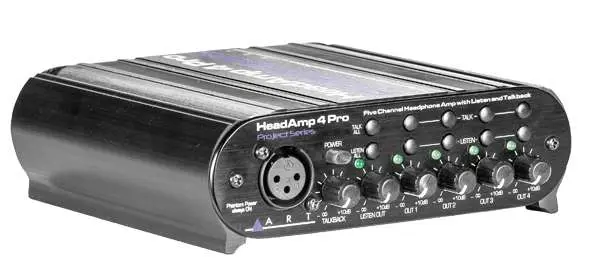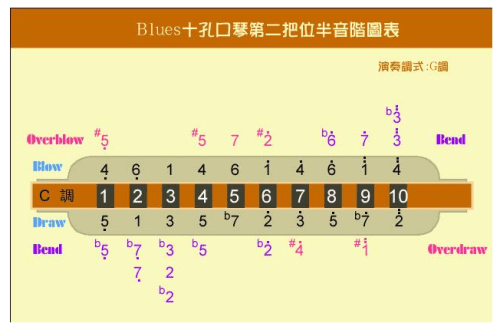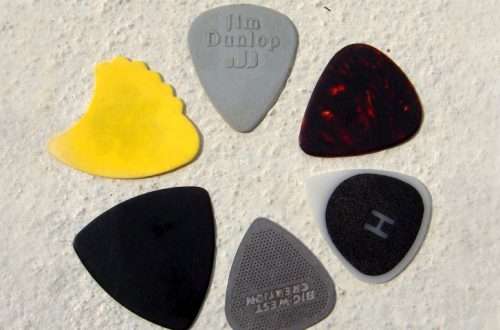
DIY Building your own headphone amplifier. Design, transformer, chokes, plates.
See Headphone amplifiers in Muzyczny.pl
This part of the column is a continuation of the previous episode, which was a kind of introduction to the world of electronics, in which we took up the topic of building a headphone amplifier on our own. In this, however, we will approach the topic in more detail and discuss a very important element of our headphone amplifier, which is the power supply. There are of course a few options to choose from, but we will discuss the design of a traditional linear power supply.
Headphone power supply design
In our case, the power supply for the headphone amplifier will not be a converter. You can theoretically build one or use a ready-made one, but for our home project we can choose to use a traditional power supply based on a hit and linear stabilizers. This type of power supply is quite easy to build, a transformer will not be expensive because it does not need too much power for proper operation. Besides, there will be no problems with interference and difficulties that occur with converters. Such a power supply can be easily mounted on the same board as the rest of the system or outside the board but inside the same housing. Here, everyone has to make a choice for himself which option suits him best.
Assuming that we focus on building a good quality amplifier, its power supply cannot be built sloppy. Depending on the specifications of the IC, the power supply for our main circuit should be between the specified values. The most common voltage for this type of devices is + -5V and + – 15V. With this range, I suggest that you center this parameter more or less and set the power supply, for example, to 10 or 12V, so that on the one hand we have some additional reserve, and on the other hand, we do not overburden the system by making maximum use of the power. The voltage should of course be stabilized and for this you should use stabilizers for positive voltage and negative voltage, respectively. In the construction of such a power supply, we can use, for example: SMD elements or through-hole elements. We can use some elements, e.g. through-hole capacitors, and e.g. SMD stabilizers. Here, the choice is yours and the available elements.
Transformer selection
It is an important element that is an important element for the proper functioning of our power supply. First of all, we need to define its power, which does not have to be large to achieve good parameters. We just need a few watts, and the optimal value is 15W. There are several types of transformers on the market. You can use, for example, a toroidal transformer for our project. It should have two secondary weapons and its task will be to generate a symmetrical voltage. Ideally, we would get about 2 x 14W to 16W alternating voltage. Remember not to exceed this power too much, because the voltage will increase after smoothing with capacitors.

Tile design
The times when electronics at home etch the plates by themselves are over. Today, for this purpose, we will use standard libraries for designing tiles, which are available on the web.
The use of chokes
In addition to the standard necessary elements of our power supply, it is worth using chokes on the voltage outputs, which together with the capacitors form low-pass filters. Thanks to this solution, we will be protected against the penetration of any external interference from the power supply, e.g. when some other electrical device nearby turns on or off.
Summation
As we can see, the power supply is a fairly simple-to-build element of our amplifier, but it is very important. Of course, you can use a dcdc converter instead of a linear power supply, which converts a single voltage into a symmetrical voltage. This is a procedure worth considering if we really want to minimize the PCB of our built amplifier. However, in my opinion, if we want to have the best possible quality of the processed sound, the more advantageous solution is to use such a traditional linear power supply.




